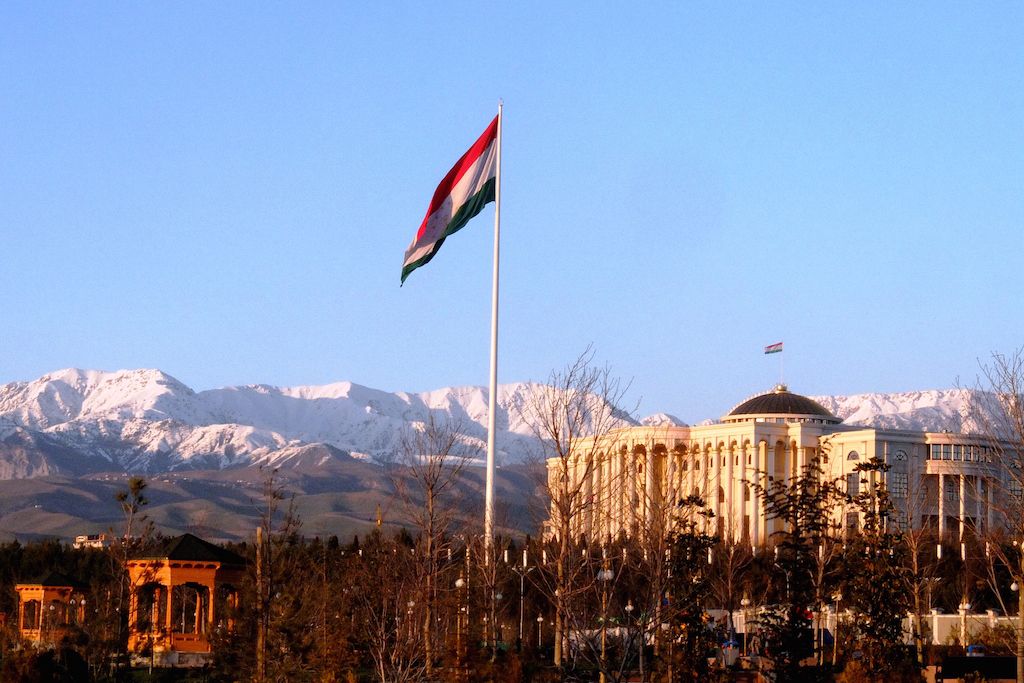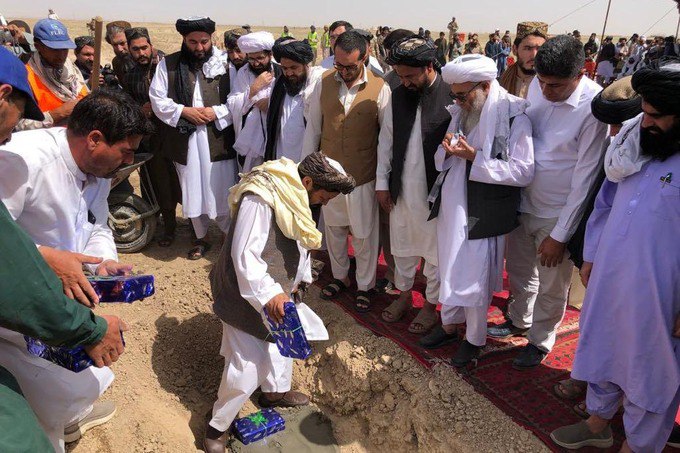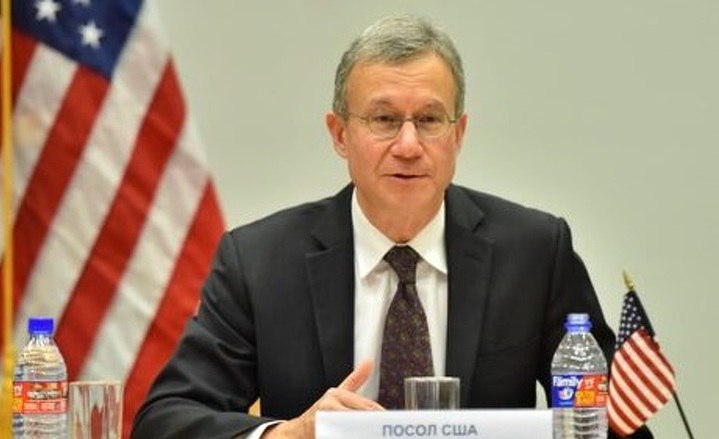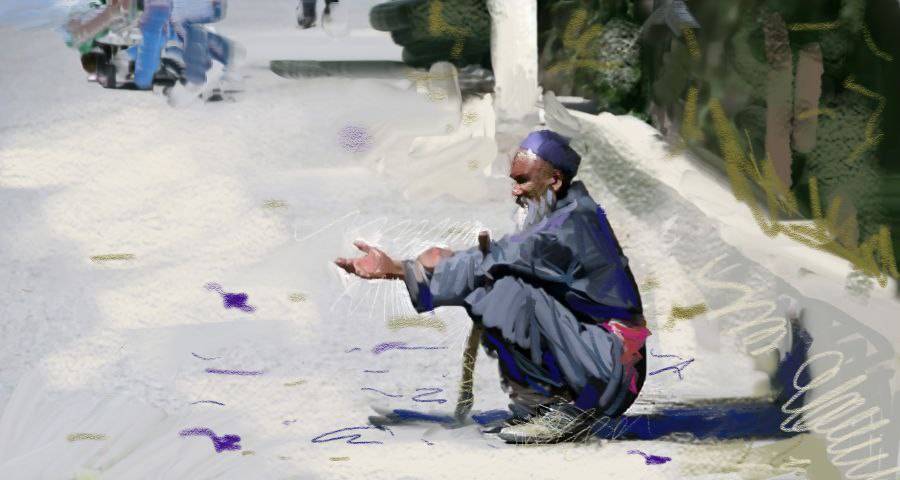DUSHANBE (TCA) — Tajikistan’s medium-term development program until 2020 consists of a pessimistic and realistic scenario, Avesta news agency reported with reference to the Tajik government.
The pessimistic scenario has been prepared taking into account a slowdown of the global economic development (particularly of the economy of Russia as the main trading partner), a decrease in Tajik labor migrants’ remittances, and a decline in investment.
According to this scenario, annual GDP growth will be 3-4 percent, but nominal GDP will increase 1.4-fold and per capita GDP by 27 percent.
The share of industry in the GDP will be 12-12.5 percent and the share of agriculture will be 22-22.5 percent.
The realistic scenario provides for annual GDP growth at 6-7 percent, and per capita GDP will grow 1.6-fold.
Investments by the private sector are expected to double and account for 10 percent of GDP.
The share of industry in GDP is expected at 13.2 percent and the share of agriculture will reduce to 21 percent.
It was earlier reported that Tajikistan’s National Development Strategy until 2030 is to be implemented in three phases.
The first phase covers the period 2016-2020, during which Tajikistan is to switch to a new economic development model with attraction of investments, increase in production to ensure import substitution, and export growth.
The second phase (2021-2025) will include accelerated development through investments.
The third phase (2026-2030) is aimed at innovative production diversification.
According to its authors, implementation of the National Development Strategy is to achieve Tajikistan’s three strategic objectives — energy security, the country’s connectivity and food security.
The private sector is considered as the source of almost half of all funds required for the Strategy’s implementation.









